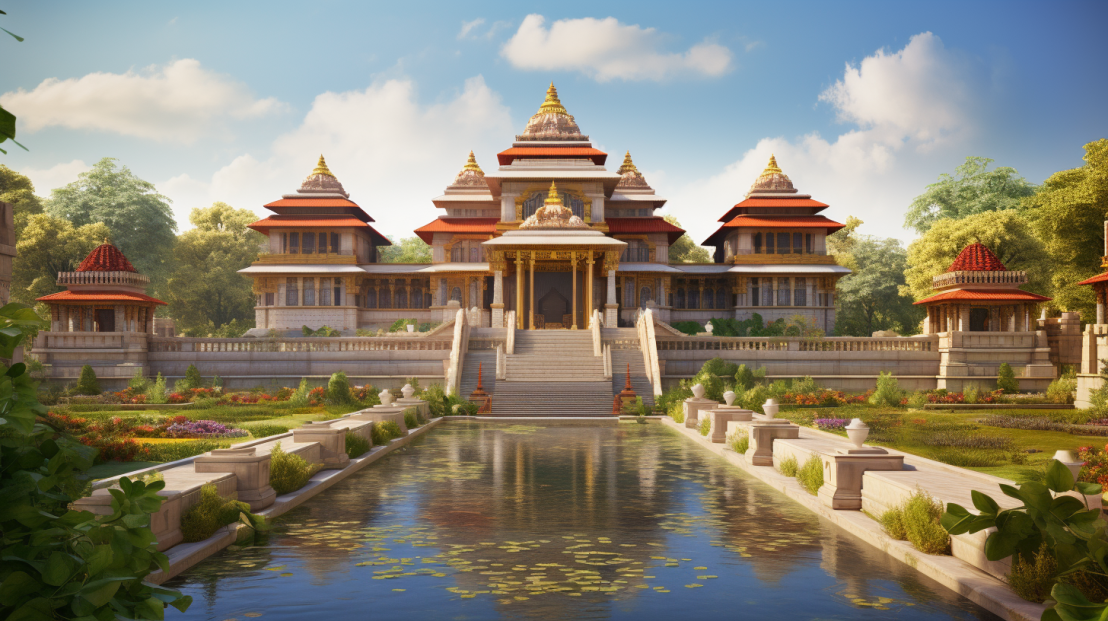Foundations in Harmony
Vastu Shastra, an ancient Indian science of architecture and design, is rooted in the belief of creating spaces in harmony with the natural elements. Every structure, from temples to homes, was designed to align with the energies of earth, water, fire, air, and space.
The Elemental Dance
Buildings were oriented to optimize the flow of energy, with specific directions associated with specific elements. For instance, the northeast was linked to water, fostering a space of calm and clarity, while the southeast, associated with fire, was reserved for kitchens and areas of activity.
The Modern Revival
In today’s world of architectural design, the principles of Vastu Shastra are experiencing a renaissance. Modern architects are increasingly incorporating these ancient guidelines to create spaces that are not just aesthetically pleasing but are also in harmony with the natural elements.
The Energy Blueprint
The focus on energy-efficient and sustainable designs in modern architecture echoes the Vastu principle of harmony with nature. Buildings are designed to optimize natural light, facilitate airflow, and create a sense of balance and well-being, mirroring the objectives of Vastu Shastra.
The Global Appeal
While Vastu Shastra is rooted in Indian culture, its principles have a universal appeal. Around the world, architects and designers are drawn to the idea of creating spaces that are in tune with the natural world, reflecting a global movement towards sustainability and harmony.
Conclusion
As we build our modern world, the ancient wisdom of Vastu Shastra serves as a silent guide, reminding us of the dance between structure and energy, form and flow. Every building that rises, infused with the principles of harmony, balance, and elemental alignment, is a testament to an ancient science that continues to breathe life, energy, and beauty into our concrete landscapes.
